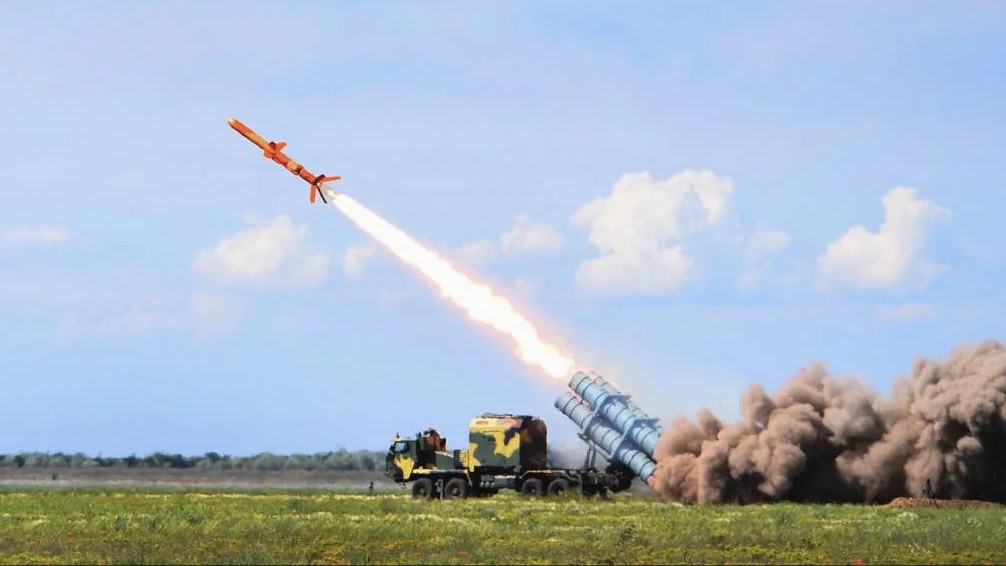Shield AI’s V-BAT Drone Undergoes Combat Testing in Ukraine Against Russian EW Systems

The U.S.-designed V-BAT drone, developed by Shield AI, is currently being battle-tested on the front lines in Ukraine, providing an opportunity to evaluate its resilience against Russian electronic warfare (EW) capabilities. Shield AI, known for its advanced unmanned aerial vehicles (UAVs), deployed the V-BAT to Ukraine in June, where it has quickly proven itself in real combat situations. CEO Brandon Tseng confirmed that American technical teams accompanied these drones to support and monitor their performance in this high-stakes environment.
The V-BAT has been deployed to aid the Ukrainian forces in gathering critical intelligence in contested areas. Its design emphasizes durability, with Shield AI claiming that the V-BAT has successfully resisted the complex jamming techniques employed by Russian EW units—a feat few UAVs have managed to achieve. Ukrainian sources reported a notable mission in which a V-BAT drone identified a key Russian missile storage site deep within occupied territory, approximately 100 kilometers behind the frontline in the Kherson region. The intelligence it provided enabled Ukrainian forces to execute a precision HIMARS strike, resulting in the facility’s destruction and a significant setback for Russian missile operations in the area.
The V-BAT's specifications make it uniquely suited for such missions. Weighing 56.5 kg, the drone can carry an 11 kg payload, which is sufficient for housing advanced optics and sensors critical for high-precision intelligence gathering. With a maximum flight endurance of up to 10 hours, the V-BAT offers extended operational time compared to other tactical UAVs, allowing it to carry out prolonged surveillance without the need for frequent refueling or recharging.
Its vertical takeoff and landing (VTOL) capability further distinguishes it from other drones in its category. The V-BAT can launch and land in confined spaces as small as a 4×4 meter area, an advantage in the challenging terrain of the battlefield where open takeoff zones are scarce. This VTOL feature is made possible by a unique design incorporating a fan-enclosed rotor, enabling the drone to ascend and descend vertically. This design also grants it the flexibility to operate effectively in densely forested regions or urban areas where traditional drones with longer takeoff requirements would struggle.
The integration of artificial intelligence (AI) enhances the V-BAT’s target recognition, allowing it to identify and track targets with impressive accuracy. The AI-driven system processes real-time data from its advanced optics, enabling Ukrainian forces to make quick decisions based on accurate reconnaissance.
Interestingly, the deployment in Ukraine has faced skepticism from some NATO and American defense experts, who doubted that the V-BAT or similar UAVs could withstand Russia’s sophisticated EW measures. Russia has made extensive use of EW to counteract NATO-provided UAVs, targeting their navigation and communication links to disable or mislead them. However, Shield AI reports that the V-BAT has continued to operate effectively despite these countermeasures, marking it as a standout in the contested airspace.
The V-BAT’s presence in Ukraine also serves as a valuable test bed for the Pentagon’s Future Tactical Unmanned Aircraft System (FTUAS) program. The program, slated to replace the RQ-7 Shadow by 2026, is evaluating multiple contenders, including Shield AI's V-BAT, Textron Systems, L3Harris Technologies, and Arcturus UAV. By 2025, the Pentagon aims to make a decision on which UAV to proceed with, and data from Ukraine’s battlefield will likely influence their choice. The V-BAT’s ability to operate under heavy EW interference in Ukraine is providing Shield AI with critical performance insights and possibly a competitive edge.
This arrangement not only supports Ukraine's immediate operational needs but also grants U.S. and NATO allies a firsthand evaluation of the V-BAT’s resilience. In this electronically contested battlefield, the V-BAT’s successful performance could bolster Shield AI's standing in the FTUAS competition, proving that their UAV can handle the sophisticated electronic threats expected in modern warfare. For Ukraine, it means access to cutting-edge UAV technology that offers a significant advantage in surveillance and strike support, while also delivering real-time feedback on the effectiveness of advanced Western UAVs under some of the harshest conditions.


